Homosexuality and Buddhism: History, philosophy, and contemporary perspectives
Buddhism has often been perceived as more open or ambiguous toward questions of sexuality than many other religious traditions. In this post, we aim to explore the intersection between homosexuality and Buddhism from both historical and philosophical perspectives. We seek to distinguish between cultural practices within Buddhist societies and the foundational teachings attributed to Siddhartha Gautama.

Artistic representation of the intersection of Buddhism and LGBTQ people shown by the Buddhist flag and rainbow flag. Source: Wikimedia Commonsꜛ (license: public domain)
The term “homosexuality”, a modern Western construct, does not appear in early Buddhist texts. Nevertheless, historical records and canonical sources refer to diverse expressions of sexuality, including individuals of ambiguous or third gender. In this post, we use the term inclusively to refer to same-sex attraction and relationships across different times and contexts.
A key aim is to distinguish between evolving social norms within Buddhist cultures and the core ethical and philosophical insights of Buddhism itself. While monastic rules uniformly prohibit sexual activity, the broader framework of Buddhist ethics evaluates actions based on intention, harm, and attachment, rather than fixed identities or acts alone.
Historical overview
In the history of Buddhism, the treatment of homosexuality has varied widely across cultures and time periods. As with many religious traditions, the intersection of cultural norms, local customs, and doctrinal interpretations has shaped attitudes toward same sex relationships.
Early Indian context
Sexuality in ancient India was understood through a broad and often fluid spectrum of practices and identities, particularly when compared to later legalistic or moralistic frameworks. Vedic and post-Vedic literature includes references to various sexual behaviors without categorically condemning same-sex relationships. Rather than framing them in moral terms, these behaviors were often seen as part of the natural diversity of human experience.
The Kāma Sūtra, composed centuries after Siddhartha Gautama, includes discussions of male-male and female-female relationships, often describing them in neutral or even instructional terms. This indicates that such relationships were not uniformly stigmatized but could be acknowledged within broader discussions of love and desire.
Siddhartha Gautama lived in a cultural environment marked by competing spiritual traditions and a wide range of social norms. While Brahmanical texts began to assert stricter caste and gender codes, other currents, such as the renunciant Śramaṇa movements, often challenged conventional roles and identities. It is within this pluralistic and dynamic context that early Buddhism emerged, without explicit focus on condemning or legitimizing sexual orientation per se.
Buddhist canonical texts
Early Buddhist discourses, such as those found in the Sutta Piṭaka, do not contain explicit condemnations of homosexuality. The focus in these texts is generally on overcoming attachment and sensual desire, rather than on moral evaluations of specific sexual acts. As such, there is no doctrinal basis for discriminating against same-sex relationships in the foundational teachings of the tradition.
However, the Vinaya Piṭaka (the monastic code) does regulate sexual behavior strictly for ordained monks and nuns, prohibiting all sexual activity regardless of gender. This prohibition is rooted not in moral condemnation but in the pursuit of celibacy as a support for detachment and liberation. The rules apply equally to heterosexual and homosexual acts, emphasizing discipline over discrimination.
Some Vinaya passages refer to individuals described as paṇḍaka (often interpreted as effeminate men, eunuchs, or individuals seen as sexually deviant) and ubhatobyañjanaka (those possessing both male and female characteristics). These terms reflect ancient Indian conceptions of gender variance rather than clear categorizations aligned with modern sexual orientation. While monastic rules sometimes restricted ordination for such individuals, these restrictions were more concerned with perceived challenges to celibacy than with sexual orientation per se.
Buddhist societies across time
Throughout Buddhist history, the interpretation and social treatment of homosexuality have varied significantly across regions and traditions. These variations often reflect local customs and prevailing cultural attitudes more than they do differences in core Buddhist doctrine.
In Theravāda-dominant countries such as Sri Lanka, Thailand, and Myanmar, attitudes toward homosexuality have been shaped by a combination of Buddhist moral teachings and conservative social values. While monastic codes uniformly prohibit sexual conduct for ordained individuals, laypeople are judged by the precept against sexual misconduct, which is often interpreted heteronormatively. In practice, same-sex relationships have ranged from being socially tolerated to legally or socially marginalized, depending on historical period and societal norms. Thailand, in particular, has shown a relatively high level of visibility and acceptance of gender and sexual diversity, especially in the form of kathoey (often translated as “ladyboys”), though legal and religious recognition remains limited.
In Mahāyāna contexts such as China, Japan, and Korea, more pluralistic interpretations sometimes prevailed. Chinese monastic records and philosophical commentaries rarely discuss same-sex desire explicitly, yet do not suggest moral panic about it. In medieval Japan, especially within Zen monastic communities, there is evidence of institutionalized same-sex relationships, sometimes framed in terms of mentorship or spiritual companionship. While these practices may not have been officially sanctioned, they were often tolerated and even ritualized in ways that challenge modern assumptions of repression.
Tibetan Vajrayāna Buddhism introduces a complex symbolic vocabulary around gender and sexuality, often using sexual union as a metaphor for the union of wisdom and compassion, or method and insight. While actual sexual yoga practices were reserved for advanced tantric adepts, the imagery suggests a nuanced understanding of sexual energy. Gender transformation is also found in Vajrayāna myth and iconography, for instance, in the stories of deities and practitioners who change gender to achieve enlightenment or fulfill a compassionate vow. While Tibetan monastic codes remain conservative, the philosophical underpinnings of Vajrayāna provide space for more fluid conceptions of gender and desire.
Taken together, these historical cases show that the relationship between Buddhism and homosexuality has never been monolithic. Cultural context has often determined how Buddhist principles were applied, with a tendency toward tolerance when such relationships were not seen as disruptive to social harmony or spiritual discipline.
Core Buddhist philosophy
Within the framework of Buddhism, the ethical evaluation of sexual behavior is not based on fixed identities or moral absolutes, but rather on the intention behind actions and their consequences. This perspective allows for a more nuanced understanding of same-sex perspectives in light of foundational Buddhist teachings.
Non-self and impermanence
The Buddhist concept of non-self (anattā) teaches that what we commonly consider to be a fixed or inherent self is, in fact, a dynamic process made up of changing physical and mental components. Sexual orientation, like any personal trait, arises within this impermanent and conditioned framework. It is neither an essence nor a defining truth about a person but one manifestation of the ever-changing flow of experience.
This insight challenges the tendency, common in both affirming and condemning discourses, to reify sexual orientation as a fixed identity. From a Buddhist standpoint, clinging to any form of identity, even a positive one, can become a subtle form of attachment that reinforces suffering. This does not mean that one must reject their orientation, but rather that liberation comes through seeing it as part of the conditioned world, not as a metaphysical essence.
Buddhist philosophy often refers to designations such as “self”, “man”, “woman”, or “gay” as conventional truths (paññatti): useful labels for communication, but lacking ultimate reality. The deeper task is to see through these labels and understand their emptiness, not to deny lived experience, but to avoid mistaking impermanent designations for absolute truths. This perspective opens a path for self-acceptance that is free from essentialism and aligned with the Buddhist goal of liberation from suffering.
The Middle Way and ethics
Buddhist ethics are grounded in the principle of the Middle Way, which avoids both self-indulgence and harsh repression. This balance is reflected in the Eightfold Path, where right conduct (sīla) is not about rigid moral rules but about cultivating ethical behavior that supports liberation from suffering.
In the context of sexuality, this means that actions are evaluated not by whom one desires but by the intention (cetanā) behind the action, the presence or absence of harm, and whether the behavior leads to greater attachment or to freedom. Compassion (karuṇā) plays a central role in ethical judgment. Sexual behavior that is consensual, respectful, and free from harm aligns more closely with Buddhist ethics than behavior that causes suffering, even if it conforms to conventional norms.
Importantly, Buddhist thought discourages fixation on identity, whether sexual, gendered, or spiritual. Clinging to any identity, including the rejection or condemnation of others based on theirs, is seen as an obstacle. Desire itself is not the problem, it is the unexamined grasping or aversion that causes suffering. This includes both indulgence in craving and rigid moral aversion toward others’ desires. Thus, Buddhism encourages a reflective approach that honors ethical responsibility without slipping into moral dogmatism or identity-based judgment.
Desire, craving, and liberation
Central to Buddhist philosophy is the teaching that craving (tanhā) is the root of suffering. This craving is not limited to physical desire or sexual attraction, but encompasses all forms of grasping, whether toward pleasure, identity, permanence, or control. Sexual desire, including same-sex desire, is just one manifestation of this broader dynamic, and its ethical weight is determined not by its object but by its function in perpetuating suffering or promoting freedom.
In monastic life, complete celibacy is upheld as a means to sever attachment and create the mental space necessary for deep meditative insight. Sexual activity, regardless of orientation, is considered incompatible with renunciation. Monastics undertake strict precepts not because sexuality is inherently wrong, but because the path they have chosen demands withdrawal from all sensual entanglements.
For lay practitioners, the ethical concern lies not in the mere presence of desire but in how it is acted upon. The precept concerning sexual misconduct (kāmesu micchācāra) is interpreted in ways that vary across cultures, but its core aim is to prevent harm, exploitation, or obsessive attachment. Consensual, respectful same-sex relationships do not inherently violate this precept and may, in fact, exemplify the Buddhist emphasis on right intention and mindful engagement with desire.
Ultimately, liberation (nibbāna) is not about eradicating sexuality but about transforming one’s relationship to it. Through insight and practice, desire is understood as empty, conditioned, and fleeting — not a self-defining truth, but a wave that can be skillfully ridden or released. This liberating view reframes the question of sexuality entirely: not as a moral failing or identity crisis, but as a realm of potential wisdom and compassion.
Homosexuality and Buddhist ethics
Buddhist ethics evaluate actions not on the basis of the gender or orientation of the individuals involved, but rather on the intention behind the action, its consequences, and whether it contributes to or alleviates suffering. In this light, homosexuality is not considered inherently immoral or problematic. What matters most is whether a relationship or sexual act is rooted in greed, harm, or delusion, or whether it is conducted with mindfulness, care, and respect.
This ethical framework is especially clear when contrasting the monastic and lay codes. For monks and nuns, all sexual activity is forbidden, not because sexuality is evil, but because celibacy is seen as a support for renunciation and mental clarity. The Vinaya does not single out homosexual acts as uniquely problematic. Its prohibitions are comprehensive and universal.
For lay practitioners, the relevant ethical guideline is the third precept: to abstain from sexual misconduct (kāmesu micchācāra). This precept is contextually interpreted, but the common denominator across traditions is the emphasis on avoiding harm. Sexual misconduct is generally understood to include coercion, infidelity, or exploitation — not consensual relationships between adults, regardless of sexual orientation.
Thus, a same-sex relationship grounded in mutual respect, non-harm, and emotional maturity can fully align with Buddhist ethical principles. The concern is not whom one loves, but how that love is enacted.
At its core, Buddhist ethics promote a compassionate understanding of others. Judging or marginalizing people based on their orientation contradicts the spirit of mettā (loving-kindness) and karuṇā (compassion), which are central to the Buddhist path. Rather than moralizing sexuality, Buddhism invites practitioners to reflect on desire with awareness, and to relate to all beings, including LGBTQ+ individuals, with empathy and wisdom.
Contemporary Buddhist responses
In the contemporary world, Buddhist responses to homosexuality vary widely, often reflecting the social and legal climates of their respective countries more than specific doctrinal positions. In many Theravāda-majority nations, such as Thailand, Sri Lanka, and Myanmar, there remains a tension between conservative societal values and the more flexible ethical framework of Buddhism. Same-sex relationships are often tolerated in daily life but may still be marginalized institutionally or legally. Monastic leaders in these regions may hold diverse views, ranging from silent neutrality to explicit disapproval, but rarely base their views on canonical teachings.
Thailand, for example, presents a paradox: it is home to vibrant expressions of gender diversity, including widespread social visibility of kathoey (transgender women and effeminate men), yet it offers limited legal recognition or full inclusion within religious institutions. Despite the prominence of Buddhism in Thai culture, religious authorities often default to cultural conservatism rather than reinterpreting teachings through compassion or harm reduction.
In Mahāyāna and Vajrayāna traditions, particularly in Japan and some Western contexts, there has been more overt inclusion of LGBTQ+ practitioners. Japanese Buddhist monks have conducted same-sex wedding ceremonies, and some sects allow openly gay clergy. Western convert sanghas, especially those influenced by Zen and insight meditation traditions, tend to emphasize personal insight, non-judgment, and inclusivity. These communities often welcome LGBTQ+ members and critique discriminatory interpretations of ancient texts as cultural rather than essential.
Statements by contemporary Buddhist leaders also illustrate this spectrum. Thich Nhat Hanh emphasized that love, in all its forms, should be free from attachment, possessiveness, and harm. He did not condemn homosexuality and urged practitioners to cultivate deep understanding and compassion regardless of sexual orientation. The Dalai Lama, while initially criticized for echoing traditional Tibetan views that disapproved of certain sexual acts, later clarified that such teachings were relevant only to Tibetan monastics and that laypeople, including LGBTQ+ individuals, should be judged by the quality of their relationships, not their gender.
Overall, contemporary Buddhist responses show a gradual shift toward compassion, tolerance, and inclusivity, particularly when ethical teachings are revisited in light of present-day awareness and the universality of suffering and liberation.
Philosophical reflections
Buddhism offers LGBTQ+ individuals not a fixed moral stance, but a radically different lens through which to view identity, desire, and liberation. At the heart of Buddhist practice is the understanding that all phenomena, including personal identity, are empty of inherent essence and constantly changing. This insight into anattā (non-self) and śūnyatā (emptiness) opens the possibility of liberation from the need to define oneself in terms of fixed categories, whether socially imposed or self-adopted.
For LGBTQ+ practitioners, this can be deeply affirming. Rather than seeing sexuality or gender as either something to be suppressed or something to be defended as a permanent identity, Buddhism invites an exploration of these experiences with openness and non-attachment. This is not a rejection of identity, but a call to relate to it with awareness, flexibility, and compassion.
Buddhism also challenges moral absolutism. Ethical behavior is judged not by conformity to external norms, but by the presence or absence of greed, hatred, and delusion. This relativistic, context-sensitive ethic allows for a compassionate engagement with human diversity. It replaces judgment with curiosity, and shame with mindful attention.
Ultimately, Buddhism offers a path beyond sexuality, not through repression or erasure, but through insight into the constructed and impermanent nature of all things. For LGBTQ+ individuals, this can mean freedom from both internalized oppression and egoic pride. It is a liberation that embraces suchness (tathatā): the recognition that one’s experience, just as it is, can be the ground of awakening.
Conclusion
The exploration of homosexuality through the lens of Buddhist history and philosophy reveals that there is no inherent conflict between same-sex relationships and core Buddhist teachings. While monastic codes promote celibacy and may contain cultural biases inherited from ancient India, the foundational doctrines of Buddhism focus not on condemning desire itself, but on the importance of intention, mindfulness, and the alleviation of suffering.
Rather than clinging to fixed identities or moralistic judgments, Buddhism encourages practitioners to cultivate wisdom and compassion, and to engage with all beings, regardless of sexual orientation, with care and non-harm. The Middle Way, which avoids both indulgence and repression, offers a nuanced ethical path that honors individual experience while guiding one toward liberation. In this spirit, Buddhist ethics can support LGBTQ+ individuals not by demanding conformity but by affirming their capacity for ethical relationships, personal insight, and spiritual growth.
References and further reading
- Cabezon, José Ignacio, Buddhism, Sexuality, and Gender, 1992, State University of New York Press, ISBN: 978-0791407585
- Faure, Bernard, The Red Thread: Buddhist Approaches to Sexuality, 1998, Princeton University Press, ISBN: 978-0691059983
- Harvey, Peter, An Introduction to Buddhist Ethics: Foundations, Values and Issues, 2000, Cambridge University Press, ISBN: 978-0521556408
- Wilson, Jeff, Buddhism of the Heart: Reflections on Shin Buddhism and Inner Togetherness, 2009, Wisdom Publications, ISBN: 978-0861715831
- Hutchins, Loraine, and Williams, H. Sharif (eds.), Sexuality and the World’s Religions, 2003, ABC-CLIO, ISBN: 978-1576073599
- Jackson, Peter A., Male Homosexuality and Transgenderism in the Thai Buddhist Tradition, In: Queer Dharma: Voices of gay Buddhists, ISBN: 0940567229, online accessꜛ
- Gross, Rita M., Buddhism after Patriarchy: A Feminist History, Analysis, and Reconstruction of Buddhism, 1993, State University of New York Press, ISBN: 978-0791414040
- Wikipedia article on Buddhism and homosexualityꜛ

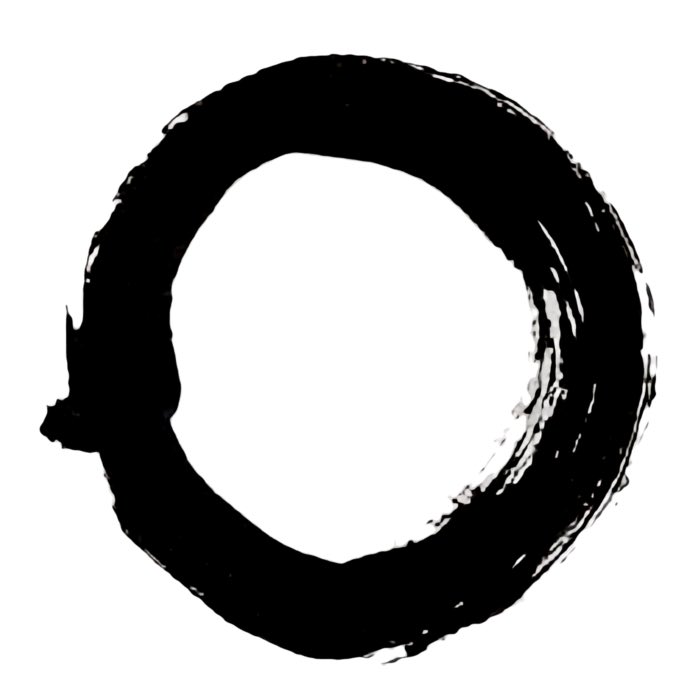

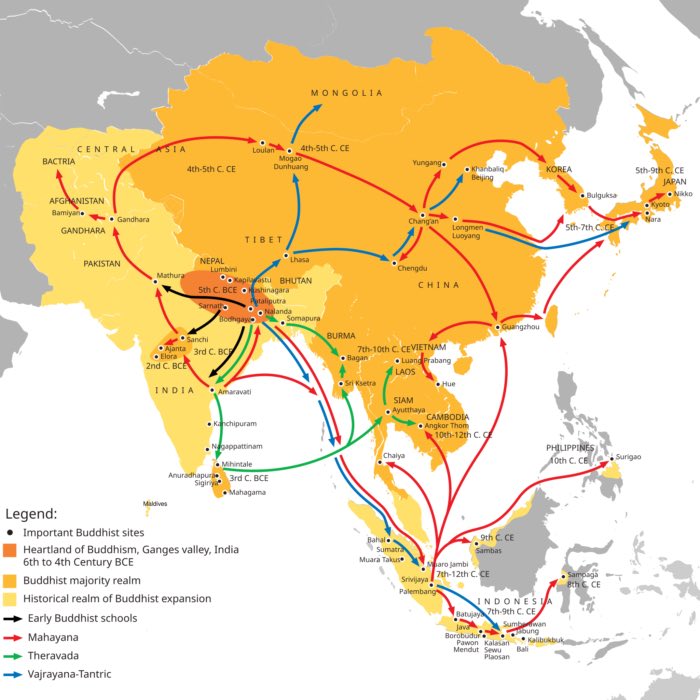

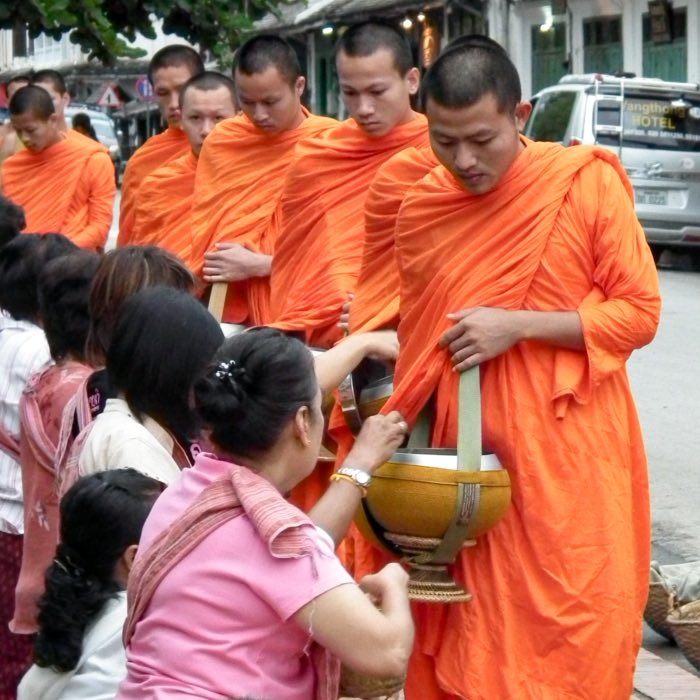
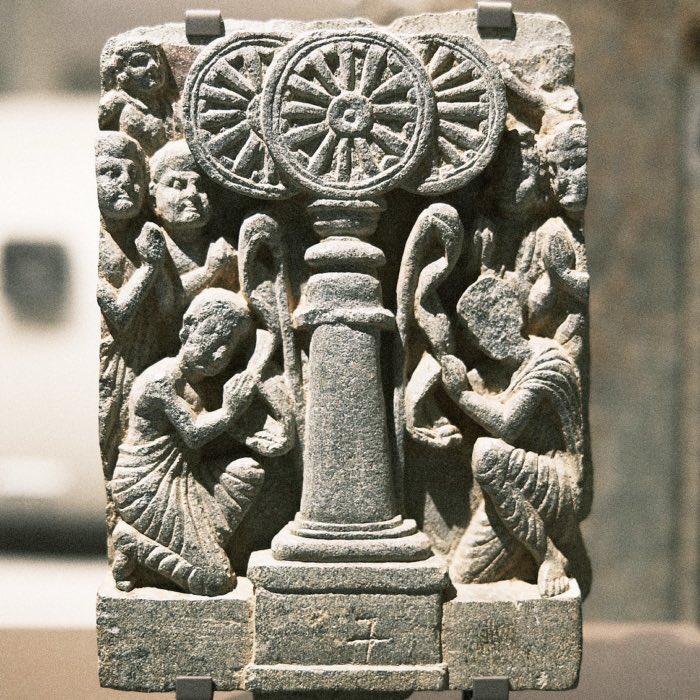
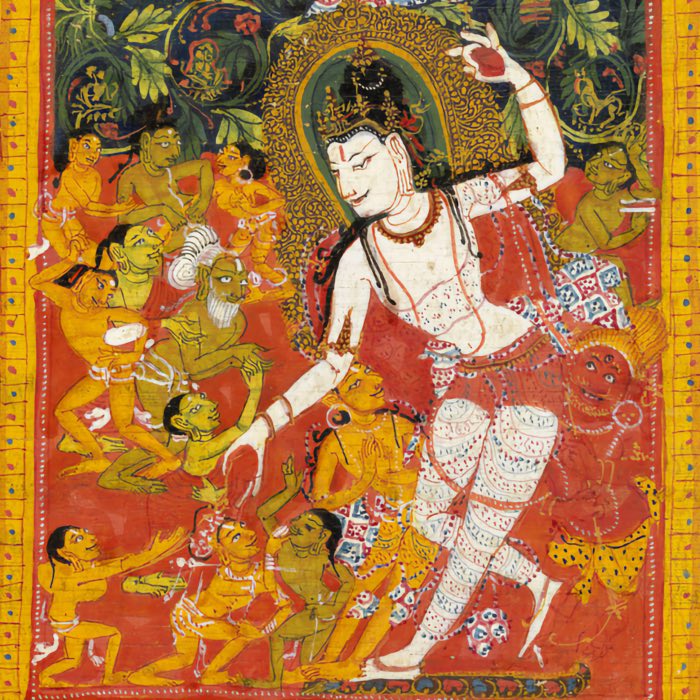

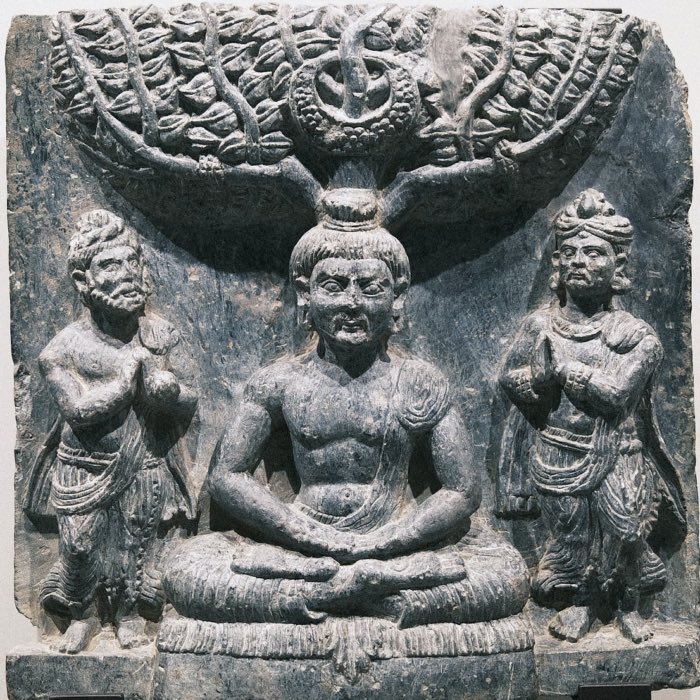
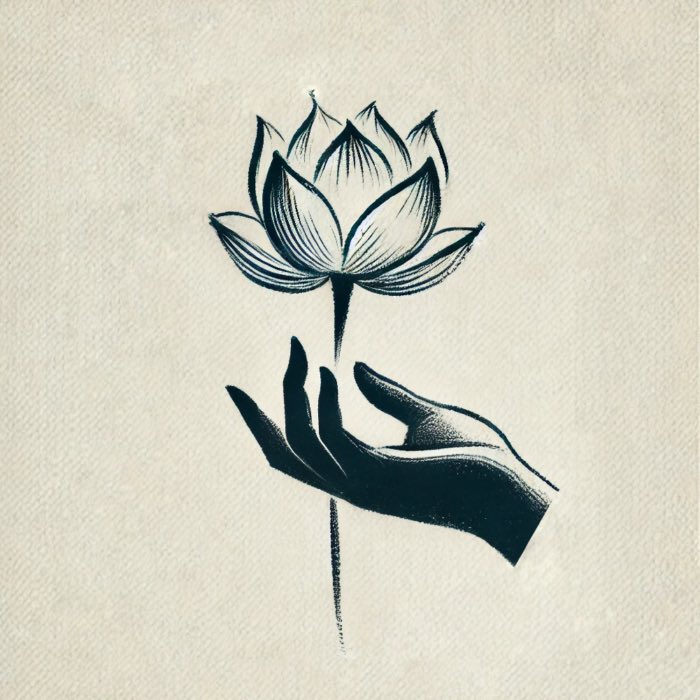
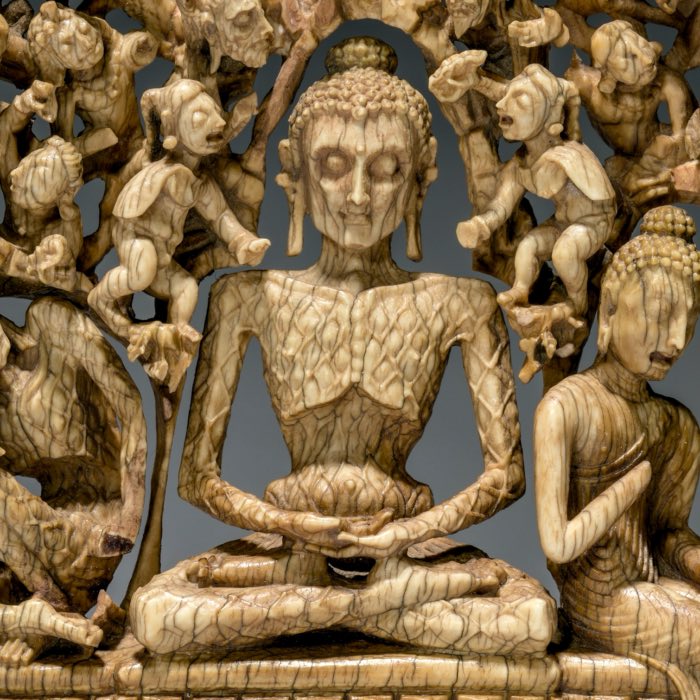

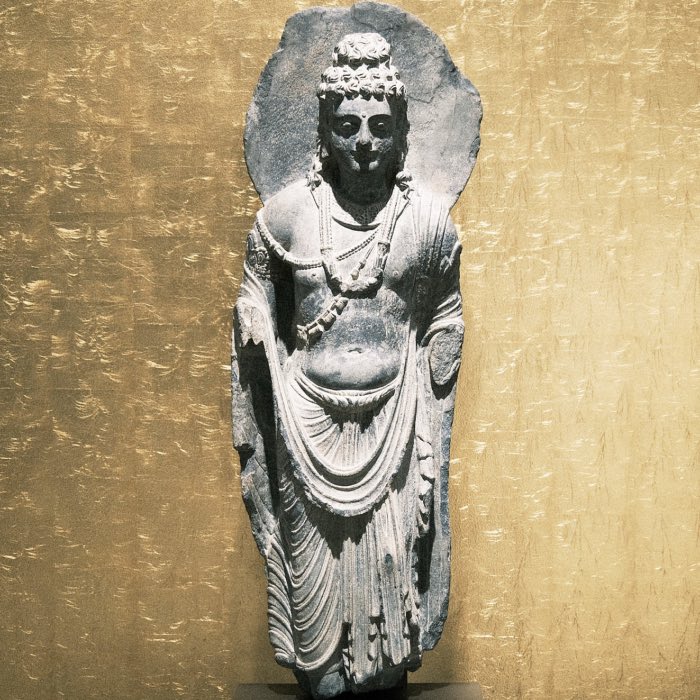
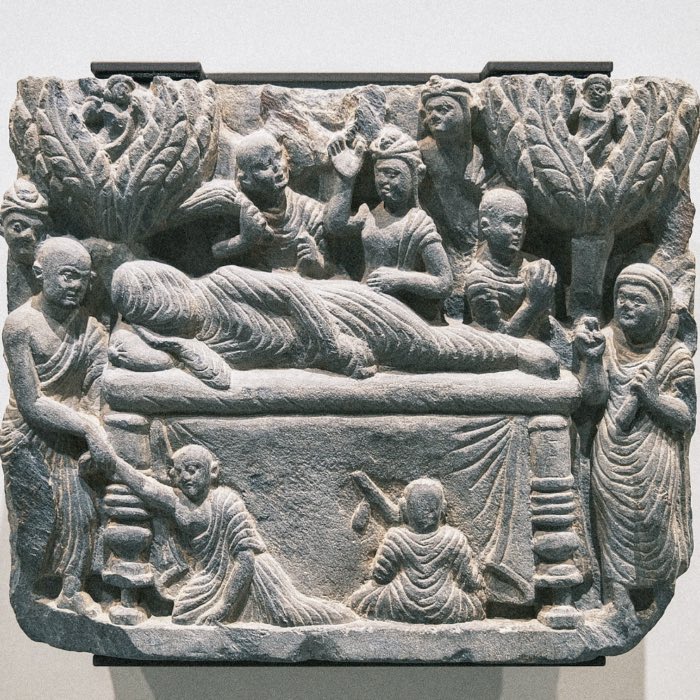

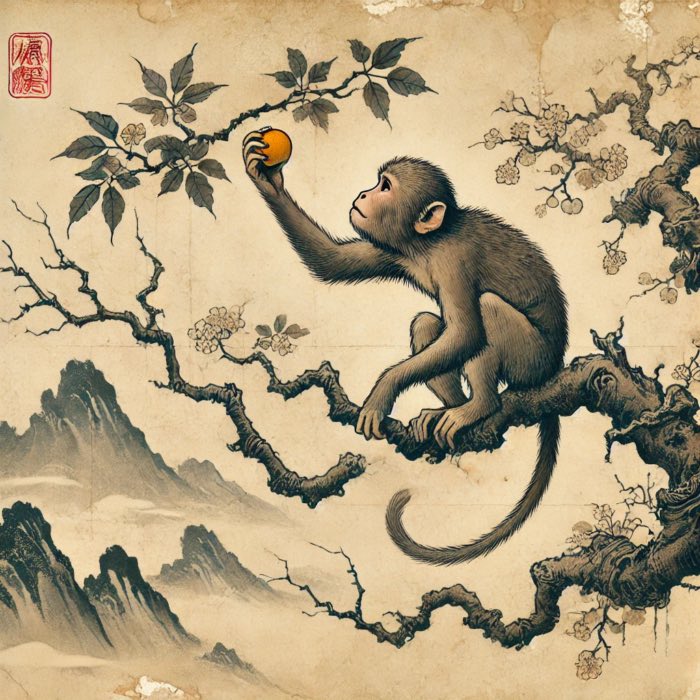
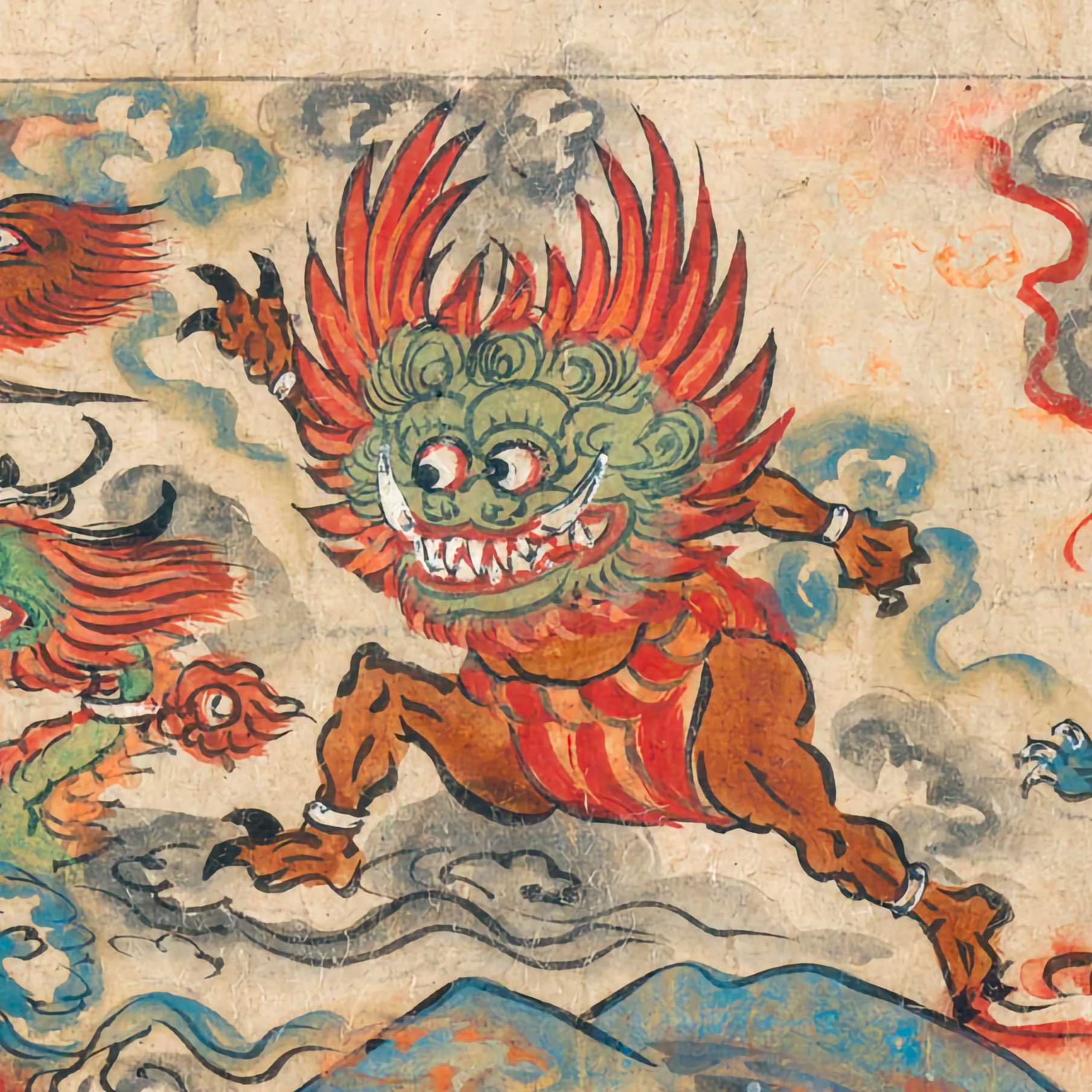

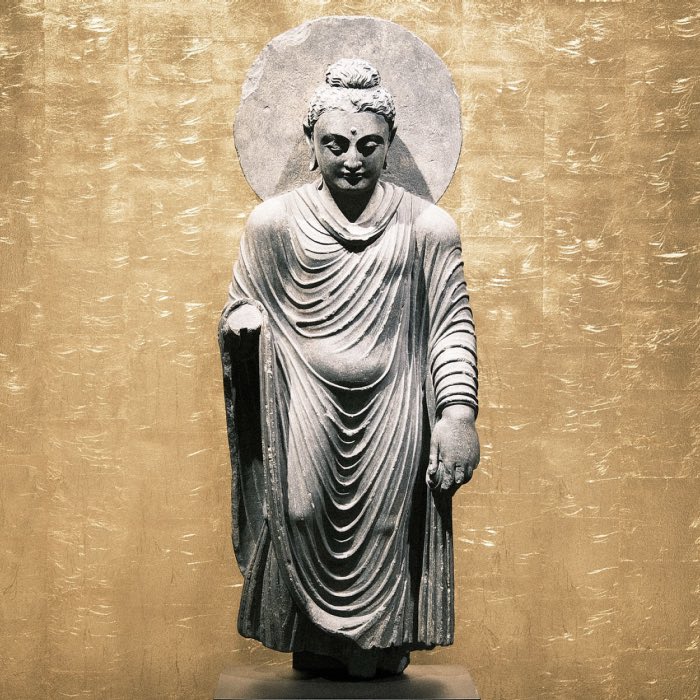


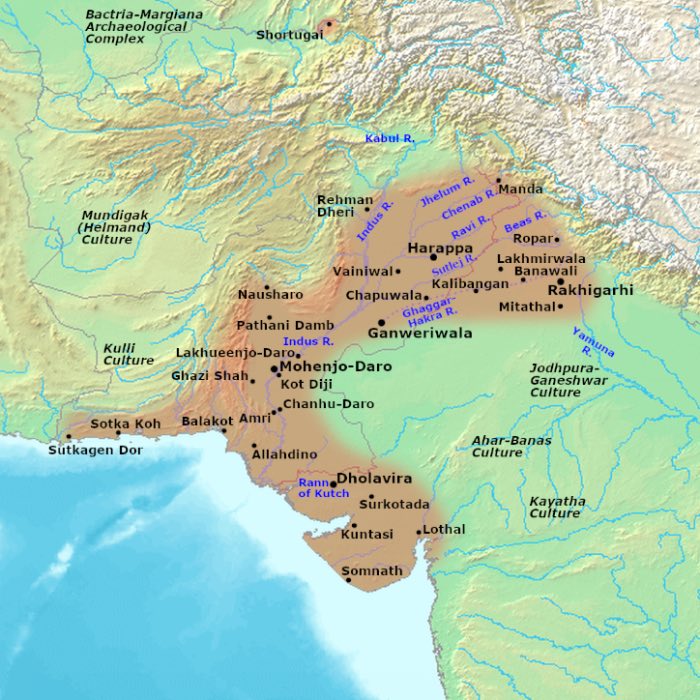
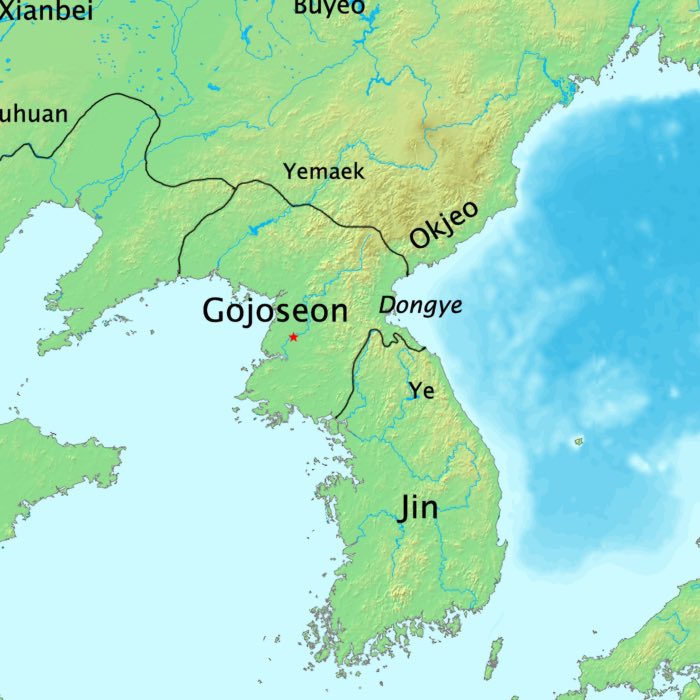
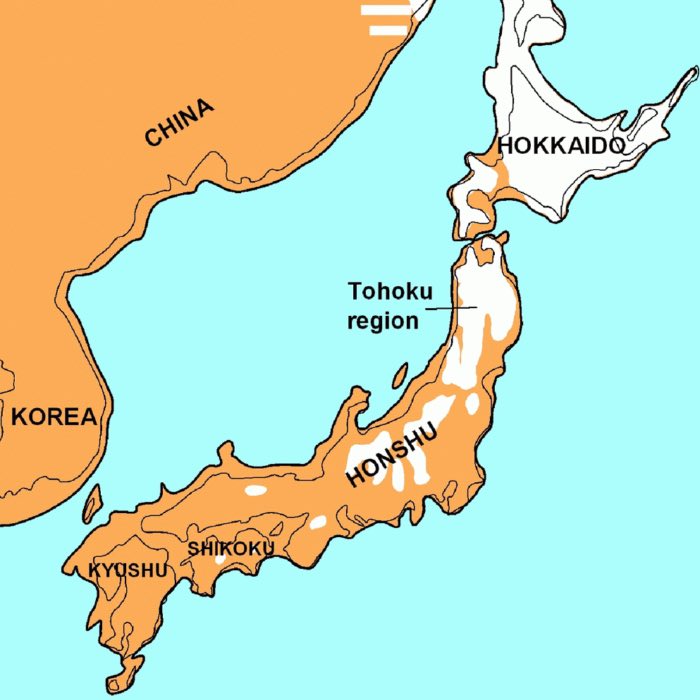
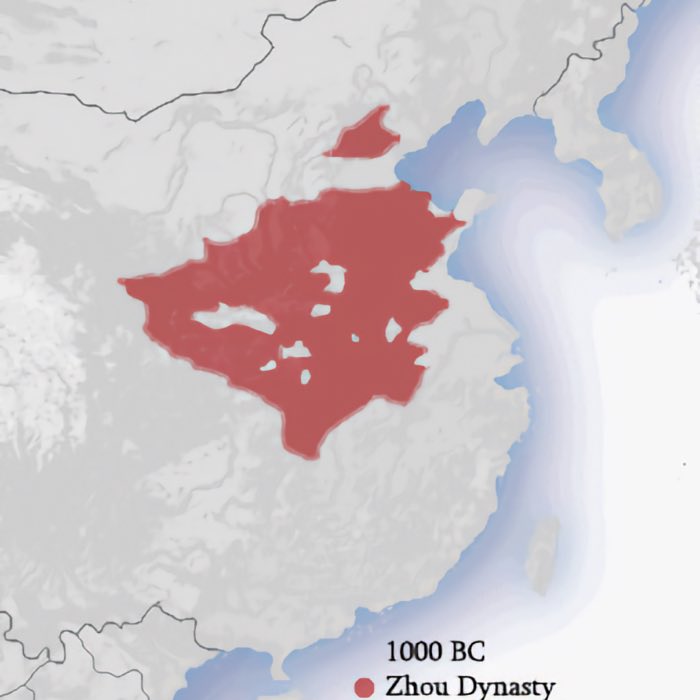



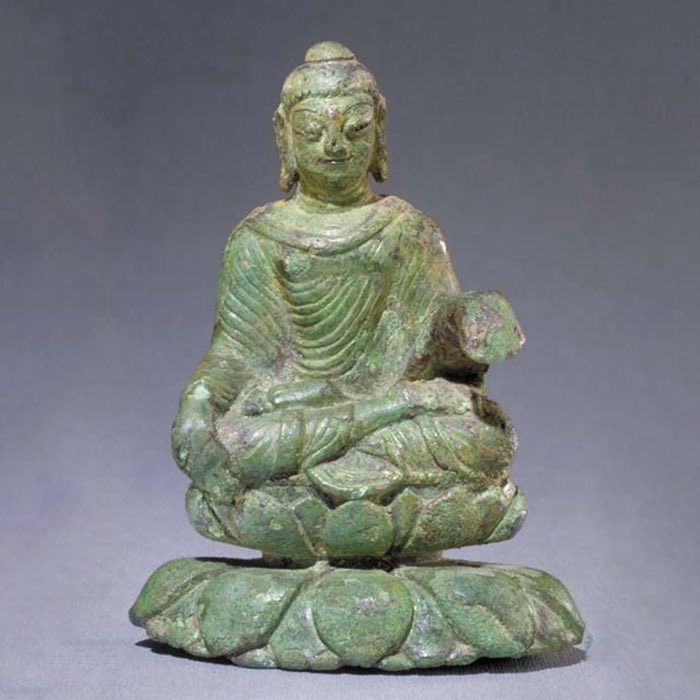

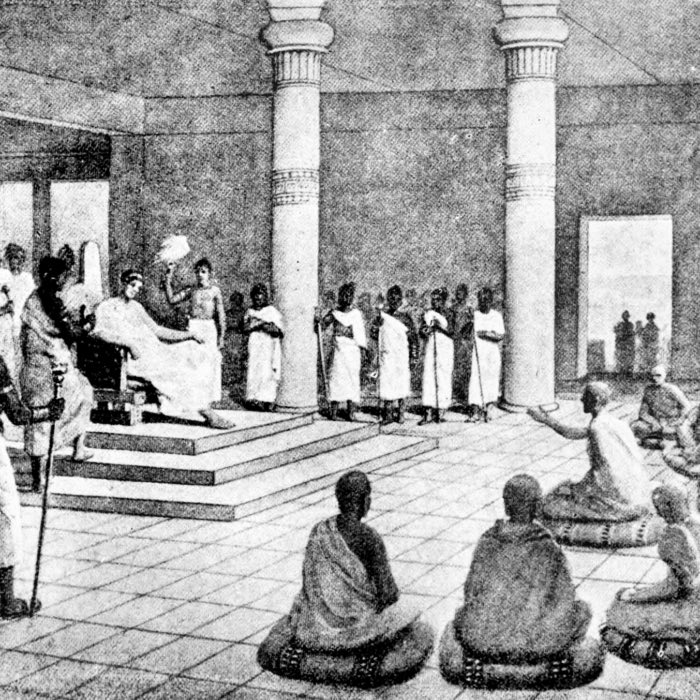

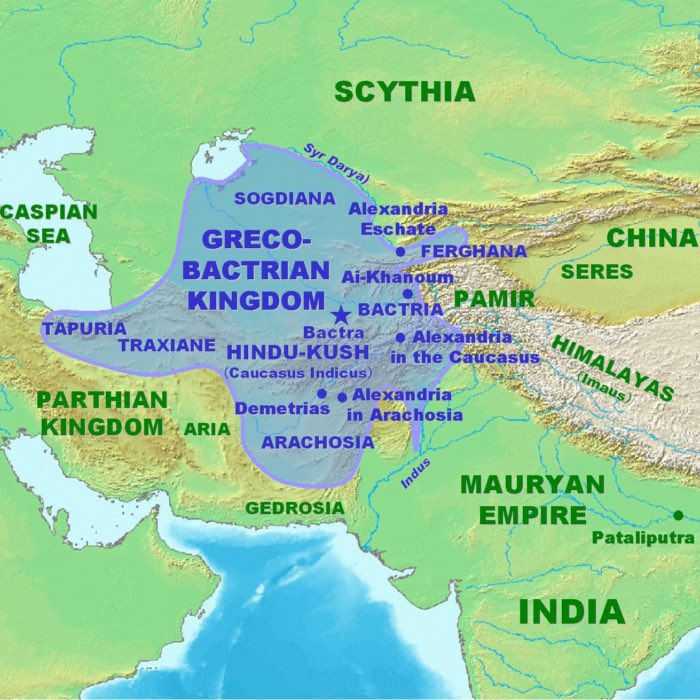
comments